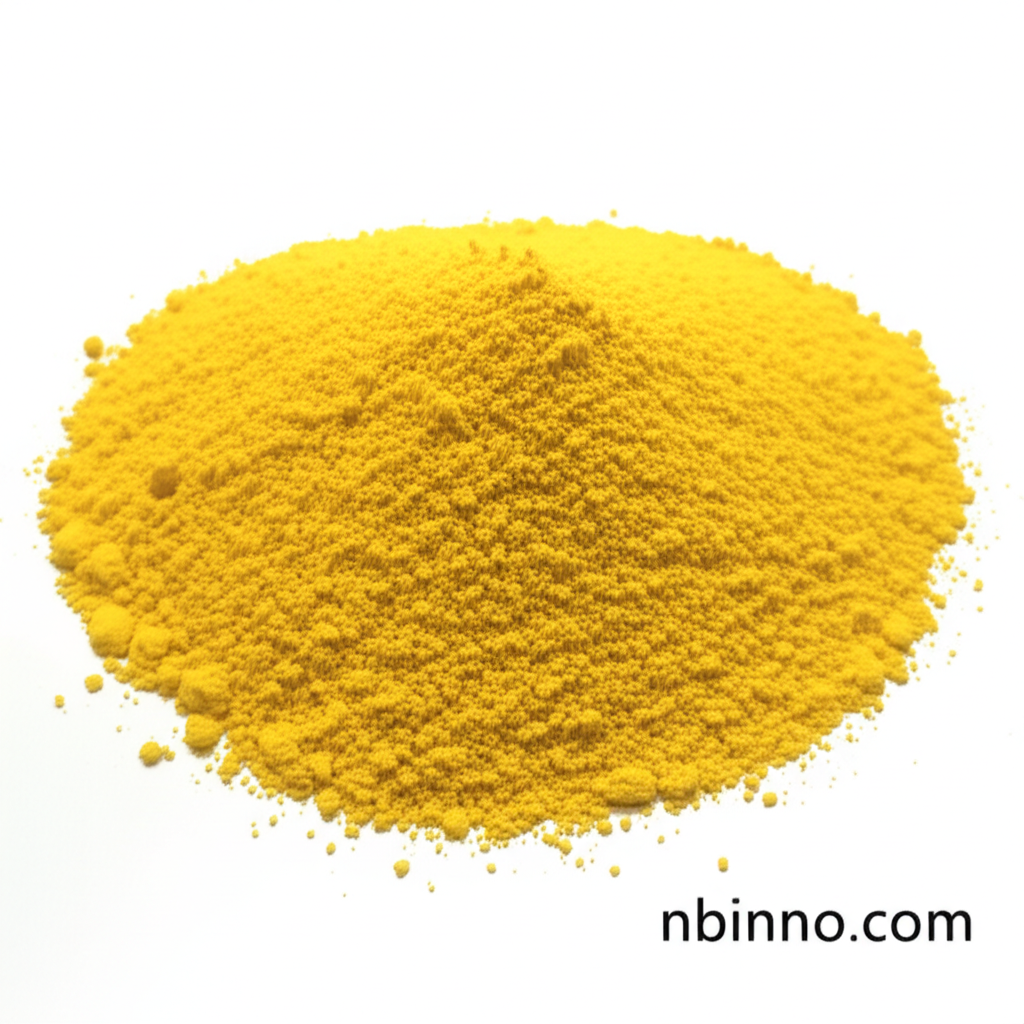1,1,2,2-Tetra(4-carboxylphenyl)ethylene: A Key Intermediate for Advanced Materials and MOFs
Discover the potential of 1,1,2,2-Tetra(4-carboxylphenyl)ethylene, a versatile organic molecule with significant applications in MOF synthesis and the development of cutting-edge photoelectric materials. Explore its properties and uses as a crucial chemical intermediate.
Get a Quote & SampleProduct Core Value

Tetra(4-carboxylphenyl)ethylene
As a leading supplier in China, we offer 1,1,2,2-Tetra(4-carboxylphenyl)ethylene, a critical organic intermediate that serves as a fundamental chemical building block for advanced materials. Its unique structure and reactivity make it indispensable for researchers and manufacturers seeking high-performance solutions.
- Leverage its role as a versatile MOF linker in sophisticated material synthesis, enabling the creation of novel porous structures.
- Utilize this key organic intermediate for the development of next-generation photoelectric materials, driving innovation in the electronics sector.
- Benefit from its robust carboxylic acid functionality, ideal for complex organic synthesis and custom chemical manufacturing.
- Incorporate this chemical building block for advanced materials to enhance product performance and discover new application potentials.
Advantages of using this product
Versatile MOF Linker
The distinct tetra-carboxylphenyl structure makes it an excellent MOF linker, facilitating the construction of intricate Metal-Organic Frameworks for diverse applications, including gas storage and catalysis. This contributes significantly to MOF synthesis strategies.
Key Organic Intermediate
As a critical organic intermediate, it plays a pivotal role in various chemical synthesis pathways, supporting the development of specialized compounds and driving innovation in organic synthesis research.
Enables Photoelectric Material Development
Its molecular architecture is highly suitable for creating advanced photoelectric materials, offering potential for improved performance in electronic devices and optical applications, aligning with photoelectric material precursor goals.
Key Applications
MOF Synthesis
Its application as a fundamental linker is crucial for synthesizing a wide range of Metal-Organic Frameworks (MOFs) with tailored properties, supporting MOF synthesis strategies and porous material chemistry.
Photoelectric Materials
This compound is instrumental in the creation of advanced photoelectric materials, contributing to advancements in optoelectronics and energy conversion technologies, aligning with photoelectric material precursor research.
Organic Synthesis
Its reactive functional groups make it a valuable reagent and building block in various organic synthesis pathways, enabling the creation of complex molecules for research and industrial applications.
Advanced Material Development
As a chemical building block for advanced materials, it empowers innovation in material science, paving the way for novel functional materials with enhanced properties.
